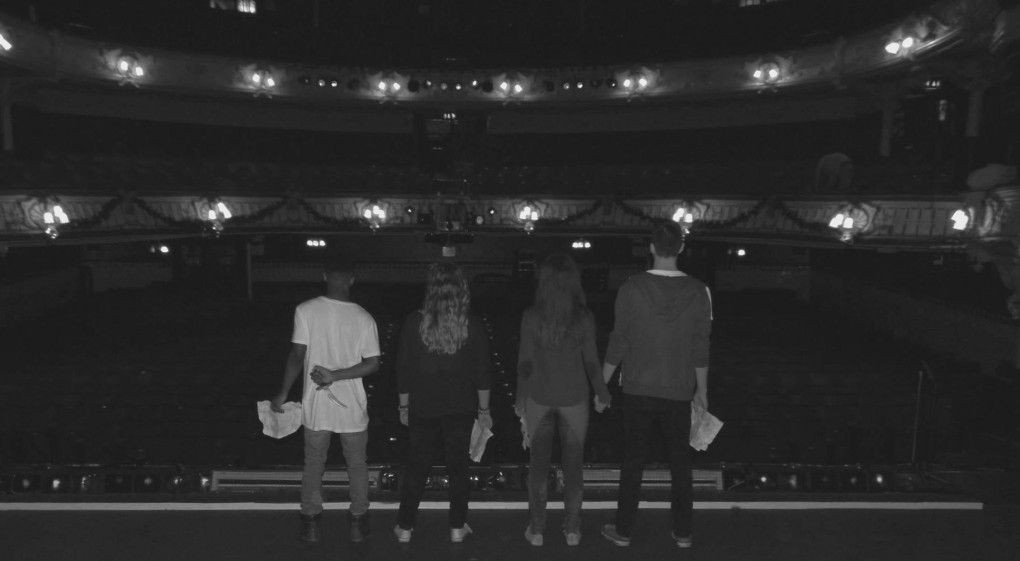What is a Trailer and the purpose?
- A trailer is an array of extracts and specific/important detail from a film or broadcast, used for advanced publicity. Extracts that are chosen are usually highlights of the film or broadcast, to emphasis the storyline. Usually illustrating the equilibrium where everything is normal and calm. The disequilibrium is the disruption either a set back or a threat to the equilibrium but not showing the new equilibrium this is the resolution to the disruption thus this will ruin the movie.
- The term “trailer” originated from seeing the trailer at the end of a movie. This didn’t last as the audience would leave after the film and not wait longer to watch trailers. So nowadays trailers are featured at the start of films.
- The purpose of this is to promote, attract and inform an audience to the film or broadcast that is being shown before it premiers.
- A trailer is a marketing product in the media industry.
- This is the standard narrative structure for a trailer:
- Opening
- Build Up
- Problem
- Events
- An important aspect when making an effective trailer is that it doesn’t out load too much content of the film, it should leave viewers in suspense wanting to see the more, they should not feel like they have seen the best bits of the film.
Where might a trailer be seen? How will different formats affect the viewing of the trailer?
- Trailers are found in a variety of places. Trailers in a video format are usually seen on the TV at home during advertisements, before a screening to a movie at the cinema and on the internet on websites such as apple trailers, traileraddict, movietrailertrash and boxofficemojo and youtube.
- Differences that will affect trailers are the people not being fortunate enough to have a TV or having different sized TV’s with different resolutions such a HD, Blu-Ray and standard. The effects on watching trailers in different places is it sometimes gives a different feel for different people. Watching a trailer in the cinema would be more engaging than watching one at home with all the distractions.
- Other formats are radio as an audio output and textual formats are also used in magazines and books. This is sometimes powerful as it allows the audience to be creative with their imaginations by making their own interpretation/vision of the film. This could also be a flaw as people tend to ignore radio adverts.
- Pictures are also used as a trailer format; on billboards, digital signings, Bus Stops pictures in magazines or books and many more. The affects of this are the pictures are usually significant so it only takes a glimpse to work or what the movie is about and what it will involve.
